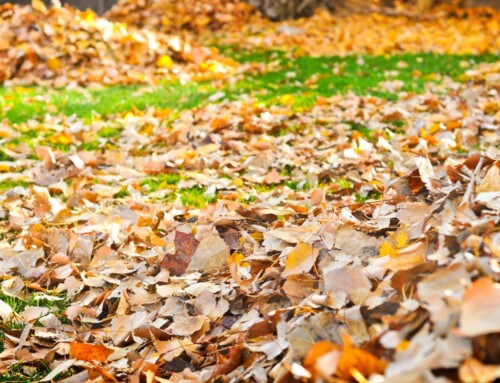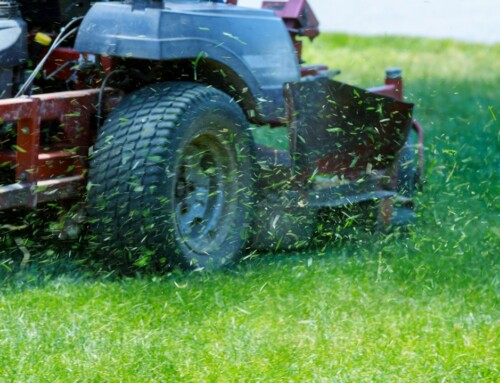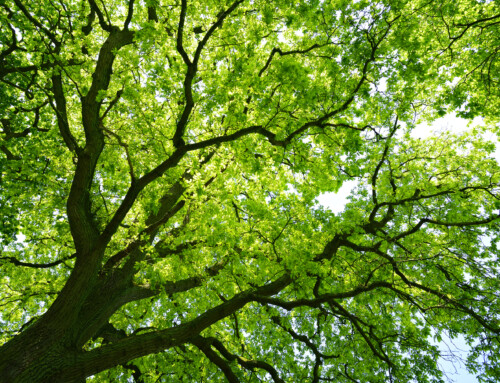Your underground sprinkler system has a thankless job. All summer long it kicks into action on schedule, keeping your lawn in shape, and never asking a thing from you.
We’re creeping closer to the freezing months, and it’s time to return the favor to this under-appreciated workhorse of your homestead. Here’s a little wisdom from By The Blade on how to give your in-ground sprinkler system a cozy and safe winter nap.
Ice Is Not Nice
By December and January, Kansas City begins to see consecutive nights of sub-freezing temperatures, and even whole nights that never top 26 degrees Fahrenheit. Water left in the pipelines and sprinkler heads of a sprinkler system can freeze in these conditions, expanding and causing cracks that can ruin the system. One night of 32 degrees will not be a problem, but as the ground freezes deeper into winter, the chances of a rupture increase.
There She Blows
To make sure that your sprinkler system doesn’t wake up with a splitting headache in the spring, it’s important to remove all of the water from inside sometime in October or November, before the hard freezes begin.
But how is this done?
Some sprinkler networks have manual or automatic drains at the lowest points in the system. These can remove most of the water. However, because the ground tends to shift over time, these drains can end up off-grade, so that water collects elsewhere in the pipes, where it becomes a freezing hazard.
The only sure way of removing all of the water from the system is to do what is called a “blowout.” By attaching an air compressor near where the main line begins, you can force air through the pipes and out of the sprinkler heads, along with any water that is in the system. This thorough procedure yields the maximum peace of mind.
A Sprinkling of Advice
Here are three pieces of advice from By The Blade’s experienced servicemen to help you winterize your sprinkler system effectively:
- Use a large enough air compressor. Five- or 10-gallon air compressors for odd jobs around the house or framing jobs may be able to produce enough air pressure but cannot yield enough air volume to blow out most home sprinkler systems. You may have to rent a large compressor to get enough volume for a system with hundreds of feet of mainline and lateral lines.
- Go slowly. Each zone needs to be blown out separately. Attempting to do all zones together may leave some water in the lines.
- Remove the backflow prevention device if possible. The backflow prevention device is a mechanism that is designed to keep water from flowing backwards into the city’s water supply. Since this expensive copper and brass device can be adversely affected by extreme weather, we recommend storing it indoors for the winter if possible.
You Could Have the Butler Do It
Being kind to your sprinkler system doesn’t have to be a chore. By The Blade’s valet lawn service can cover this procedure for you. Visit our contact page (https://www.bythebladekc.com/contact/) or call 816-533-4420.






